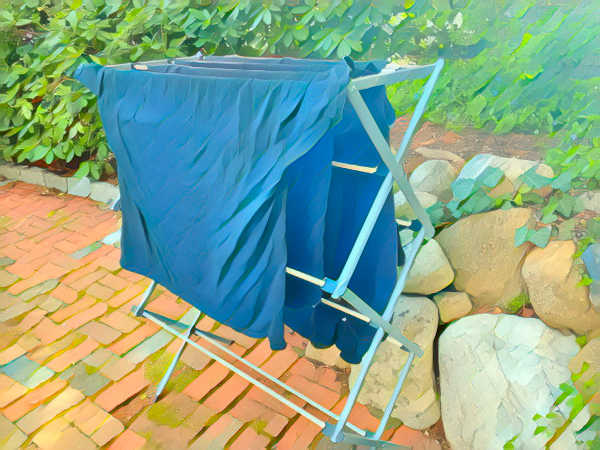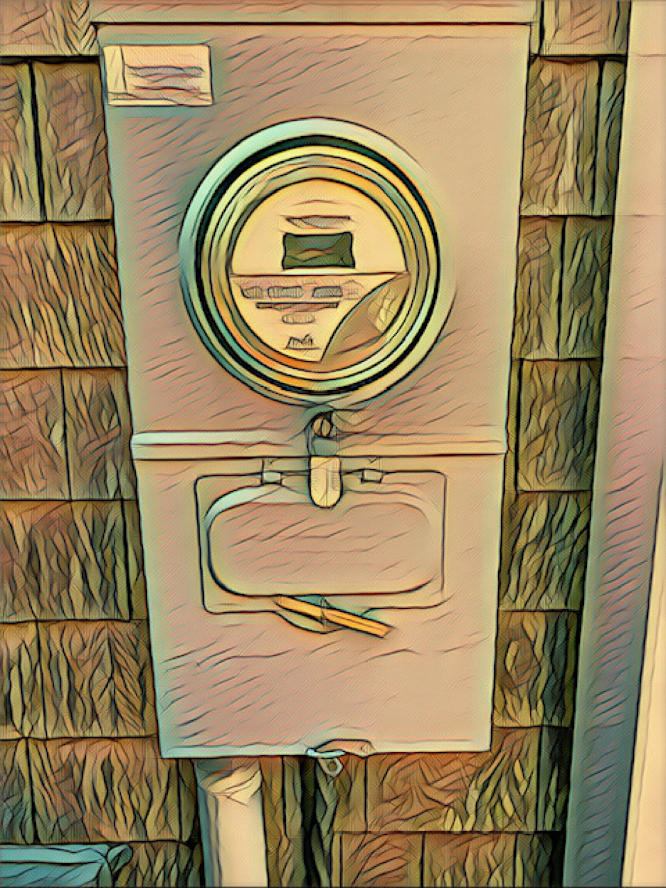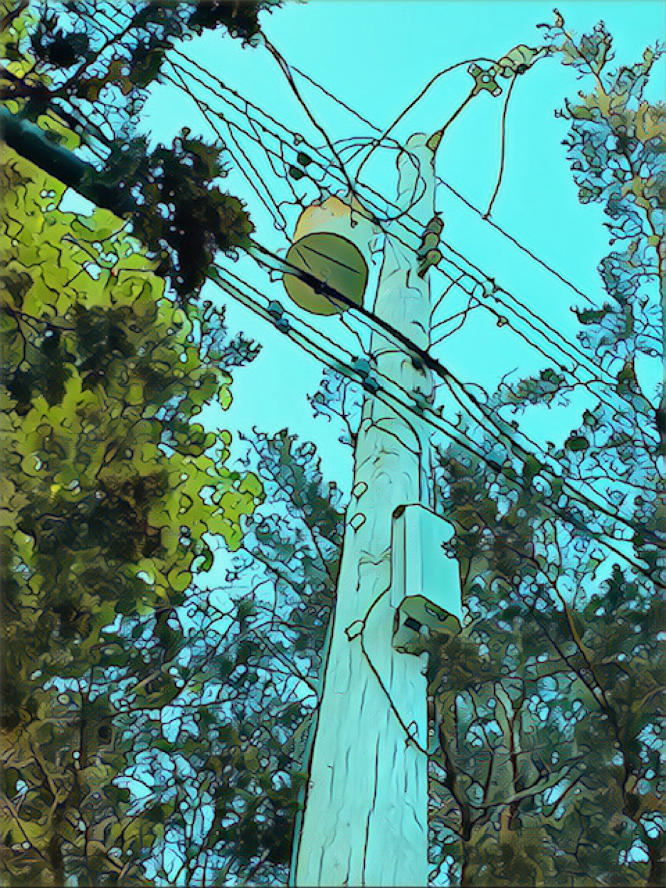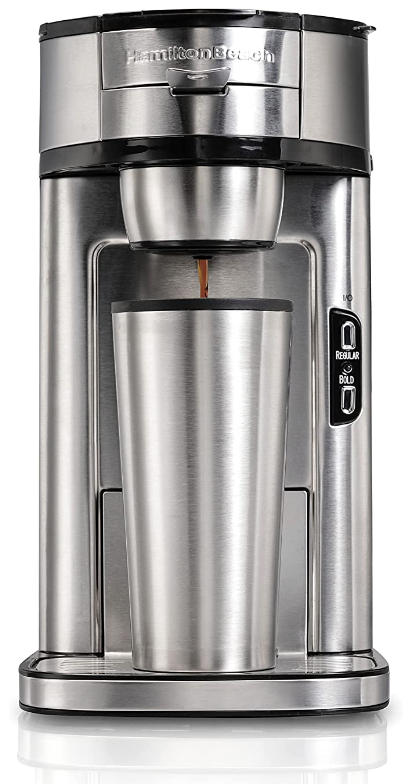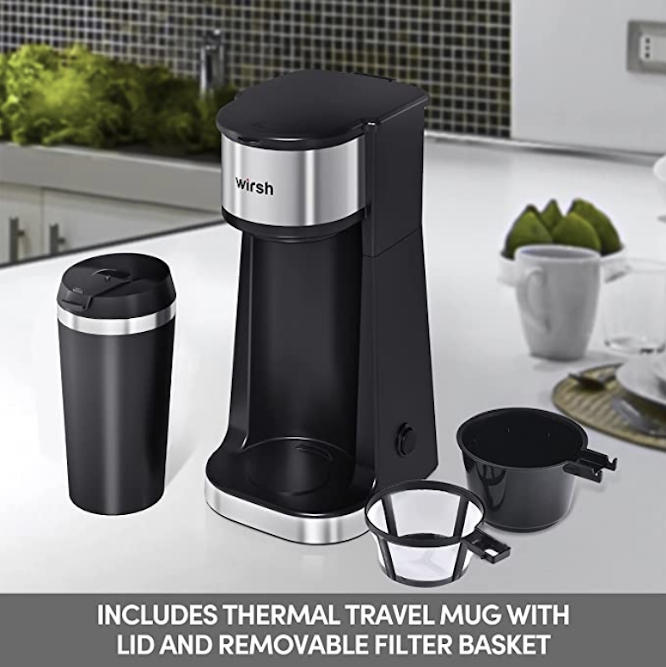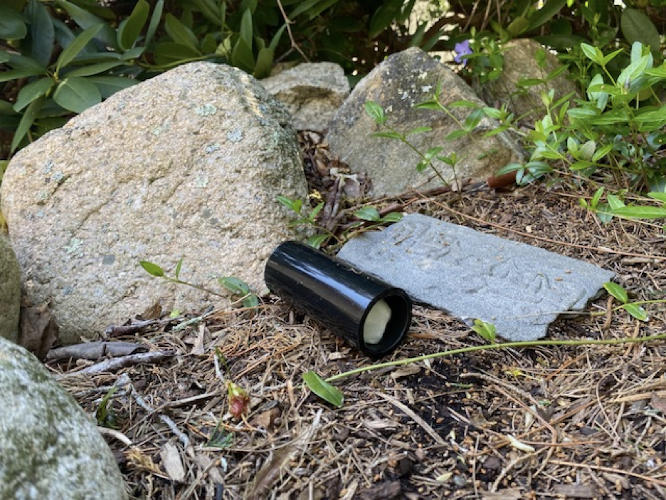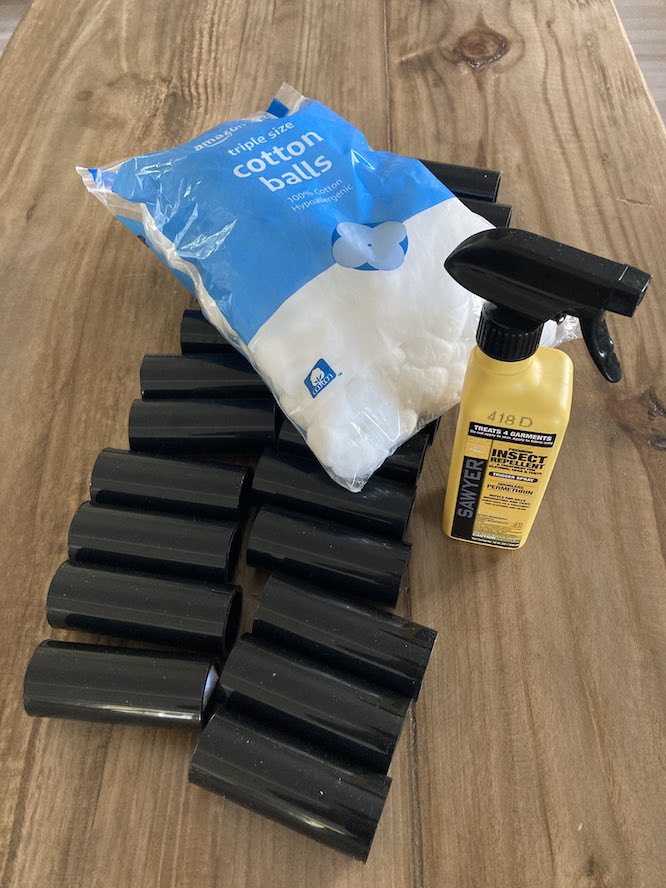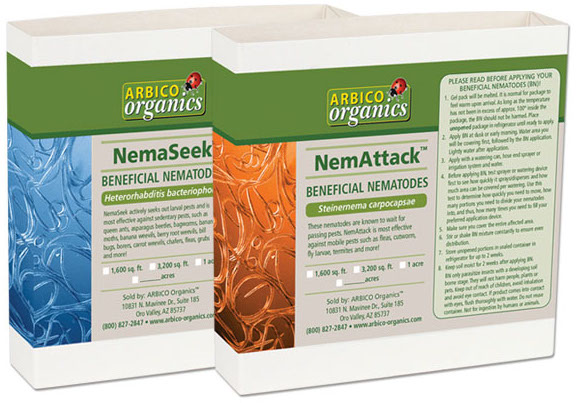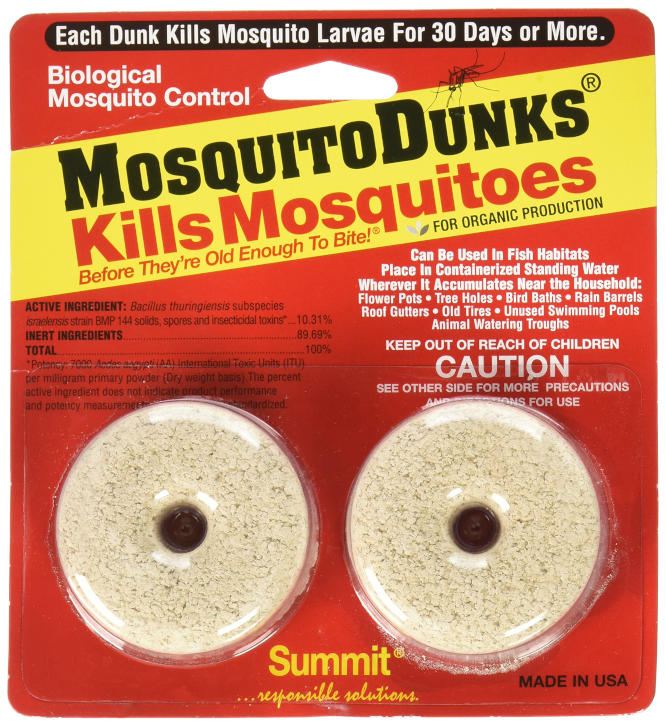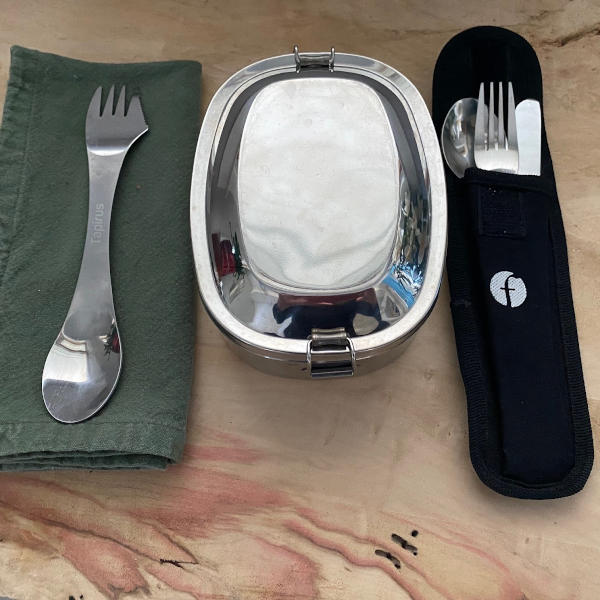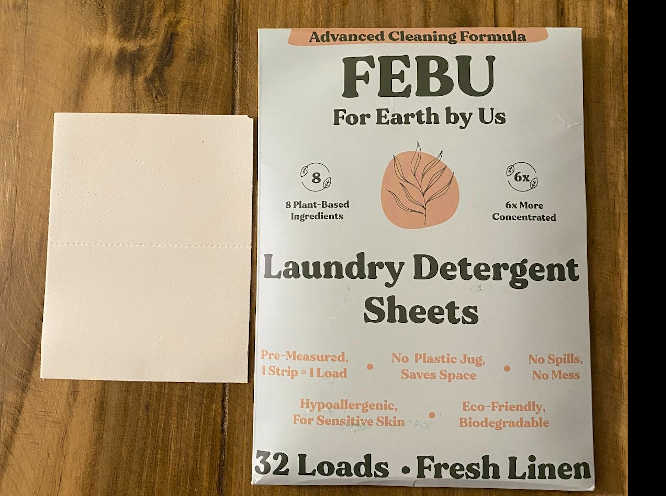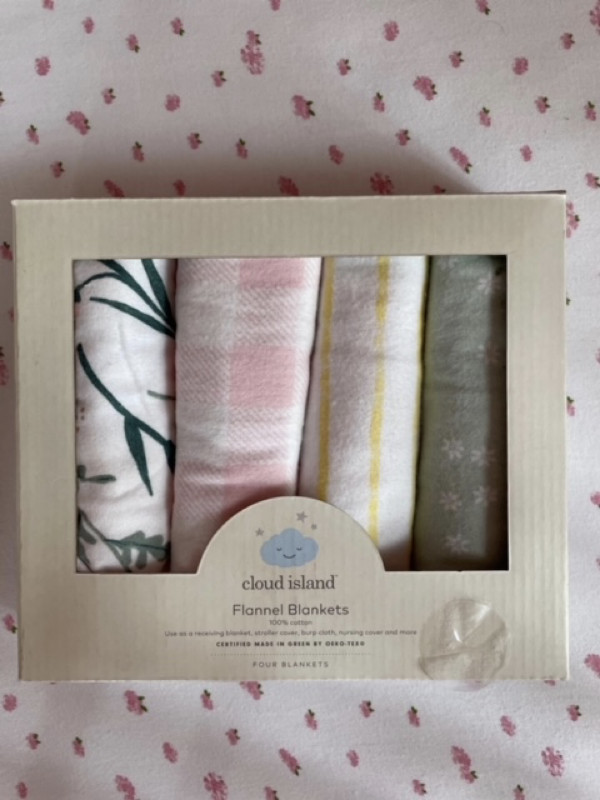Last year we planted bush beans in a large water trough. We carefully prepared the soil, added seeds and waited for the seedlings to arrive. No problem, right? They did begin to sprout and we had visions of eating fresh green beans. But there was one big problem. The soil was somehow infested with earwigs and boy were they hungry! Pretty soon our bean plants were gone and we needed a new plan. We needed something to deter the bugs.
We decided to try Neem Oil. We had heard about it for years but we never tried it before. We planted new beans in the same spot, applied Neem and the earwigs stayed away. A few weeks later we had delicious beans.
Little did we realize how effective it is on several garden problems with little lasting toxicity to the environment. It’s like a wonder drug. It is a popular product for organic gardens, derived from the seeds of the Neem tree Azadirachta indica which is native to India and Southeast Asia. It is yellow to brown, has a bitter taste, and a garlic/sulfur smell. It has been used for hundreds of years to control pests and diseases.
Azadirachtin is one of the most active of the many components of neem oil. It affects hormone systems making egg laying and growth less successful. It acts as a repellent and reduces insect feeding. The exact role of every neem component is not known.
The key is to use it just on the plants you need to protect, not as a general application in your whole yard. You don’t want to harm beneficial insects. Neem kills adult, larvae and egg stages of insects. Do not apply to wilted, newly transplanted or stressed plants.
Neem controls blackspot, powdery mildew, rust, spider mites, aphids, whiteflies and other insects. It’s commonly used on roses, flowers, houseplants, ornamental trees, fruits, nuts and vegetables. It’s best to apply neem oil as a preventative treatment before any signs of fungal diseases or pests appear. This helps create a protective barrier on the plants and minimize the risk of infestation or infection.
It’s important to follow the instructions provided on the neem oil product label and consider the specific requirements of your garden when using any pesticide or plant care product. Consulting with local gardening experts or extension services can also provide valuable guidance tailored to your region.
While neem oil is generally considered safe for most plants, there are some plant species that can be more sensitive and may experience leaf burn or other adverse effects when treated with neem oil. Some examples include Ferns, some orchids and succulents and certain flowering plants. You should test a small area of a plant to see how it reacts, or do research. Leaf burn is more likely to happen in hot, dry conditions. It’s best to apply neem during cool conditions or in the evening.
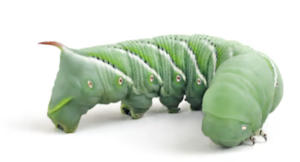
Tomato Hornworm

Powdery Mildew
Neem Benefits
Organic and safe: Neem oil is an organic and biodegradable alternative to synthetic pesticides. It is generally considered safe for humans, beneficial insects, and other animals when used as directed.
- Broad-spectrum effectiveness: Neem oil has shown efficacy against a wide range of pests and fungal diseases, making it a versatile option for gardeners.
- Systemic action: When used as a soil drench, neem oil can be absorbed by the roots and transported throughout the plant, providing internal protection against pests and diseases.
Neem Drawbacks
- Persistence: Neem oil breaks down relatively quickly in the environment, but its effects can persist for a few days to a few weeks. This means it can potentially affect beneficial insects, such as bees and ladybugs, if applied when they are actively foraging.
- Non-selective: Neem oil is not selective in its insecticidal properties, meaning it can harm beneficial insects along with the targeted pests if they come into contact with it.
- Potential leaf burn: Neem oil can cause leaf burn on some plant species, particularly those with sensitive foliage or when applied in direct sunlight.
Neem oil is a contact pesticide. If there’s heavy rainfall or frequent watering, it can be washed off the leaves, reducing efficacy. Direct sunlight and high temperatures can degrade the oil. Choose cool days or evenings to apply. Neem oil may not be effective for heavy infestations or on certain pests. It may not be as effective on internal pests such as root borers. Sometimes you may need to consider stronger pesticides or fungicides if neem oil is not effective.
Can neem oil repel tomato hornworms?
Yes, neem oil can be effective in repelling tomato hornworms. Tomato hornworms are a common pest that can cause significant damage to tomato plants. They are the same color as the plant and are huge! Neem oil acts as a deterrent for many insects, including tomato hornworms, and can help prevent infestations. To use neem oil for tomato hornworm control, follow these steps:
- Prepare the neem oil spray: Dilute the neem oil according to the instructions on the product label. Typically, a concentration of around 2 to 4 teaspoons of neem oil per gallon of water is recommended. You can also buy neem in spray bottles that are ready to use.
- Apply the neem oil spray: Spray the diluted neem oil solution onto the tomato plants, ensuring thorough coverage, including the leaves, stems, and the undersides of the foliage. Pay extra attention to areas where hornworms are commonly found, such as the stems near the fruits and the top portions of the plant.
- Repeat as necessary: Neem oil is not a contact insecticide, meaning it does not kill insects on contact but rather acts as a repellent. Therefore, it’s important to apply neem oil regularly, typically every 7 to 14 days or after rainfall, to maintain its effectiveness as a deterrent.
- Combine with other control methods if needed: If you already have an infestation of tomato hornworms, you may need to use additional control methods such as handpicking or introducing natural predators like parasitic wasps to help manage the population.
While neem oil can repel tomato hornworms, keep in mind that it may not eliminate an existing infestation entirely. Therefore, it’s important to monitor your plants regularly and take prompt action if you notice signs of significant damage or a large number of hornworms. Their coloring closely matches the tomato plant and they can be difficult to find. Some people get a black light flashlight and search for them at night so they are very easy to see.
Can Neem affect fish, birds or other wildlife?
Neem oil has low toxicity to birds, mammals, bees and plants. It is slightly toxic to fish and other aquatic life. It’s best to spray the leaves, not the flowers since insects must eat the treated plant to be affected. Pollinators are unlikely to be affected when the oil is correctly applied. Always follow the instructions on the neem oil product label for proper usage and safety precautions.
Two of the many Neem Oil products found on Amazon:

Ready to use neem oil spray
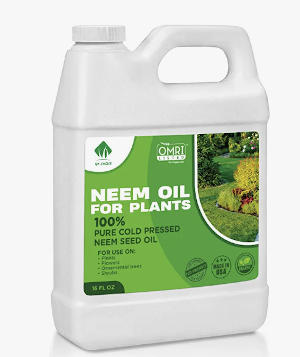
Concentrated neem oil
